9 engineering marvels of the Inca Empire

Nestled high in the rugged Andean mountains, the Inca Empire stands as an extraordinary testament to the architectural and engineering prowess of a civilization that thrived for centuries.
Spanning from the early 13th century until the mid-16th century, the Incas faced the daunting challenges of an unforgiving landscape, carving out an empire that stretched across present-day Peru, Bolivia, Ecuador, and Chile.
The Incas were exceptional administrators, known for their centralized governance. Despite having no written language, they were able to efficiently govern their extensive empire, thanks in part to their remarkable engineering skills.
From their iconic cities and structures to their extensive road networks, the Inca Empire continues to fascinate historians and enthusiasts alike with its impressive achievements in the face of challenging geography and climate.
The difficult environmental conditions of the empire
The Inca Empire was faced with numerous geographic, topological, and climatic challenges in the Andean region, which required the Incas to adapt and innovate to survive and thrive.
One of the most significant challenges was the high altitude, with many areas above 10,000 feet.
The high altitude posed significant challenges for the Incas, including lower oxygen levels, extreme temperatures, and harsh weather conditions.
To adapt to these challenges, the Incas developed sophisticated clothing and housing that could withstand the weather conditions, as well as a variety of herbal medicines that were used to alleviate altitude sickness.
Another significant challenge for the Inca Empire was the rugged and mountainous terrain of the Andean region.
Th mean that the region is not well-suited for agriculture, with limited arable land and a short growing season.
Also, the Andean region is also characterized by a scarcity of water, which posed significant challenges for the Incas.
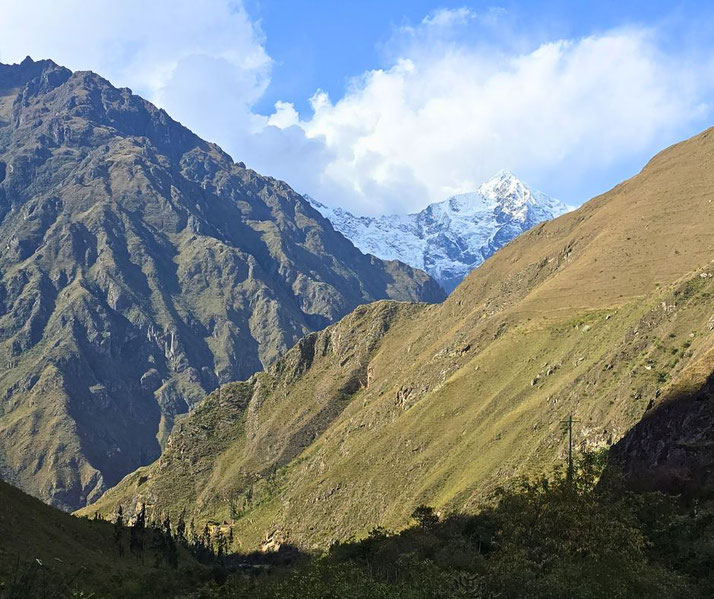
The amazing masonry skills they developed
The first step the Incas developed to overcome these challenges was a particular way of building with stone, known as ashlar masonry.
This is a fine stonework technique that was employed by the Incas, showcasing their unparalleled skill in crafting structures that stand the test of time.
This method involves cutting and shaping large stone blocks with incredible precision to create perfectly fitted, mortarless joints.
The end result is a strong, durable construction that is both visually striking and resistant to seismic activity—a crucial advantage in the earthquake-prone Andean region.
Also, Inca stonemasons utilized various types of stone, including granite, limestone, and andesite, to achieve a range of architectural styles.
They employed dry-stone construction, using no mortar or binding material to hold the stones together.
Instead, the stones were cut and shaped so that they fit snugly against one another, creating an interlocking pattern that provided stability and strength.
This technique required a deep understanding of geometry, along with exceptional craftsmanship and patience.
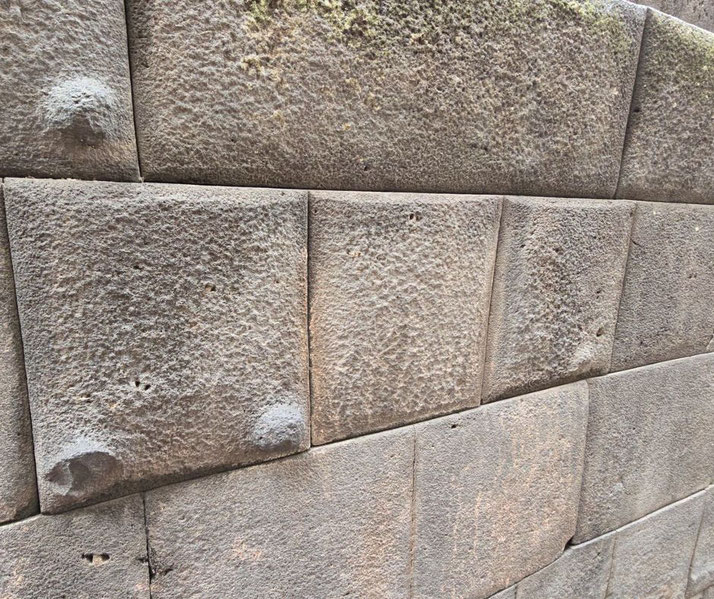
Sophisticated water management
The Inca civilization was known for its advanced knowledge of hydraulics and water management, which enabled them to create sophisticated irrigation systems, aqueducts, and fountains.
The Incas' ability to manage water was essential to their survival in the arid Andean region, and their knowledge of hydraulics enabled them to thrive in a challenging environment.
The Incas' irrigation systems were among their most remarkable achievements.
They used a variety of techniques to channel water from nearby sources to their crops, including the construction of terraces, canals, and aqueducts.
The terraces were constructed on steep mountainsides and were designed to prevent soil erosion while maximizing agricultural output.
The canals and aqueducts were carefully engineered to ensure a steady flow of water to the crops, even in times of drought.
The Incas' knowledge of hydraulics was also evident in their sophisticated water management systems.
They used a series of channels, canals, and reservoirs to control the flow of water and ensure that it was distributed equitably among the population.
The water management systems were also used to control flooding and prevent erosion, ensuring the stability of the land.
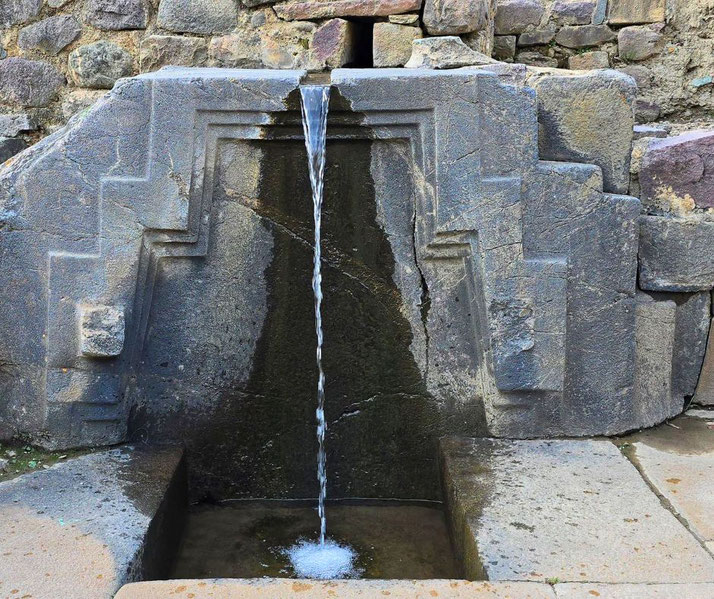
1. Saksaywaman
Saksaywaman is an ancient Inca fortress located on a hill overlooking the city of Cusco, Peru.
It is one of the most impressive examples of Inca engineering and architecture, showcasing the Incas' mastery of stonework and their ability to adapt to the challenging terrain of the Andes.
The fortress was built in the 15th century under the rule of Inca emperor Pachacuti, and it served as a strategic stronghold during various military conflicts.
The site covers an area of over 3,000 hectares and features massive walls made of interlocking stones, some of which weigh up to 130 tons.
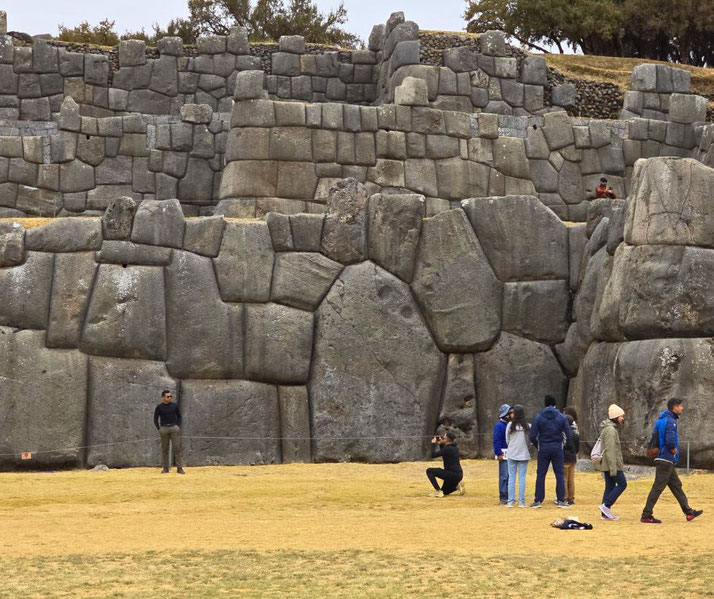
The stones were cut and shaped with incredible precision. Saksaywaman is also notable for its unique zigzag design, which served both defensive and religious purposes.
The fortress was strategically built in a location that offered panoramic views of the surrounding area, allowing the Incas to keep watch over potential invaders.
At the same time, the zigzag pattern was said to represent the teeth of a puma, a sacred animal in Inca mythology.
2. Machu Picchu
Machu Picchu is a stunning Inca citadel located high in the Andes Mountains of Peru.
It was built in the 15th century, at the height of the Inca Empire, and remained hidden from the outside world until it was rediscovered by Hiram Bingham, an American explorer, in 1911.
The citadel is situated on a mountain ridge that rises 7,970 feet above sea level, offering breathtaking views of the surrounding valleys and peaks.
It is renowned for its intricate stonework, terraced fields, and advanced water management systems, which demonstrate the Incas' exceptional engineering and agricultural skills.

The terraced fields at Machu Picchu are another remarkable feat of Inca engineering.
The Incas used a combination of terracing, irrigation, and drainage systems to cultivate crops on the steep mountainsides, maximizing agricultural output while minimizing soil erosion.
The advanced water management systems ensured a reliable water supply, even in the dry season, and included sophisticated channels, fountains, and aqueducts.
Machu Picchu also features a range of impressive structures, including temples, palaces, and houses, that demonstrate the Incas' sophisticated understanding of architecture and design.
The site is a testament to the Incas' ability to create a harmonious and integrated environment, seamlessly blending their structures and infrastructure with the natural landscape.
3. Ollantaytambo
Ollantaytambo is a town is situated in the Sacred Valley of Peru and features an impressive fortress that rises up to 60 feet in height.
The fortress was built on a steep mountainside and features massive walls made of interlocking stones that are a testament to the Incas' mastery of stonework and engineering.
The fortress was strategically positioned to control access to the Sacred Valley, and its walls were built at a slight incline to provide extra stability in the event of earthquakes.
The construction of the fortress required an immense amount of effort, with workers using only hand tools to cut and shape the stones.
The interlocking stones used in the construction of the fortress are so precisely cut and fitted together that they appear to be a single piece of rock.
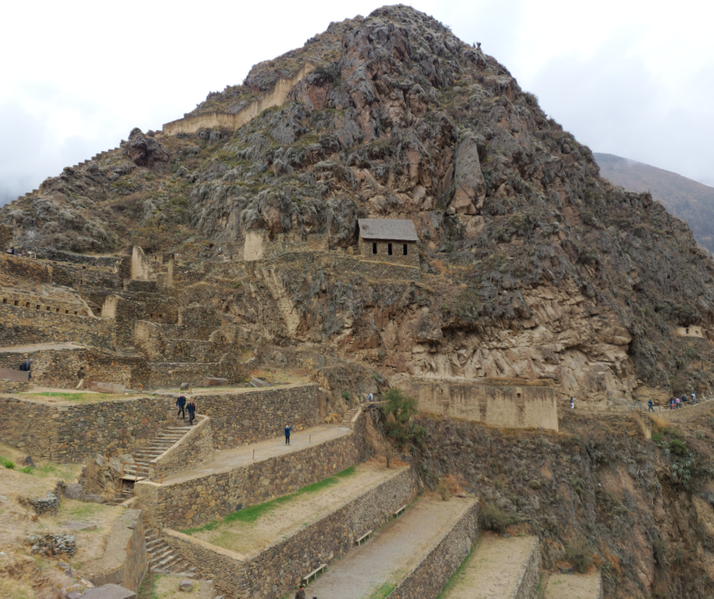
The town of Ollantaytambo also features a series of well-preserved terraces that were used for agricultural purposes.
The terraces were built on steep mountainsides and were used to cultivate a variety of crops, including maize, quinoa, and beans.
In addition to the impressive fortress and terraces, Ollantaytambo is also notable for its urban design, which reflects the Incas' ability to adapt to the challenging Andean topography.
The town features a complex system of narrow streets and alleys that follow the natural contours of the land, creating a maze-like structure that offered both protection and a sense of community.
4. Inca road system (Qhapaq Ñan)
The Inca road system, known as the Qhapaq Ñan, was an intricate network of roads and pathways that spanned over 25,000 miles and connected the farthest reaches of the Inca Empire.
The road system was a remarkable engineering achievement that enabled efficient communication, transportation, and military movement throughout the empire.
The Qhapaq Ñan was constructed using a variety of materials, including stone, earth, and gravel.
The roads were carefully engineered to withstand the rugged Andean terrain, featuring retaining walls, drainage systems, and suspension bridges made of rope.
The roads varied in width, ranging from narrow paths to wide thoroughfares that could accommodate large groups of people and animals.
In addition to its physical construction, the Qhapaq Ñan was also notable for its sophisticated administration.
The road system was managed by a network of officials known as Chasquis, who were responsible for relaying messages and goods along the roads.
These officials were highly trained and could run long distances at high altitudes, allowing them to cover great distances in a short amount of time.
The Qhapaq Ñan also served a variety of functions beyond transportation. It facilitated the movement of goods, people, and ideas throughout the empire, helping to maintain a cohesive and interconnected society.
It also played a role in the Incas' religious and ceremonial life, with some sections of the road system featuring sacred sites and shrines.
5. Suspension bridges
The Inca Suspension bridges are one of the remarkable engineering feats of the Inca Empire.
These bridges were constructed using ropes made from the fibers of ichu grass, a plant that grows abundantly in the Andes Mountains.
The ropes were braided together to create strong cables that could span rivers and canyons, enabling safe passage across the treacherous terrain.
The suspension bridges were supported by towers made of stone or wood, which were anchored into the ground on either side of the river or canyon.
The cables were then stretched across the gap and secured to the towers, creating a stable platform that could support the weight of people and animals.
The Inca Suspension bridges were not only functional but also elegant. They were often decorated with colorful textiles and other adornments, and they played an important role in the Inca's religious and ceremonial life.
Some bridges were said to be guarded by supernatural beings, and crossing them was considered a sacred act.
The construction of the Inca Suspension bridges required advanced knowledge of engineering and materials science.
The ropes used to make the cables were made from the maguey cactus, which was renowned for its strength and durability.
They were carefully braided together, ensuring that they could support the weight of people and animals.
6. Adaptable terracing
The Inca Terracing is a remarkable agricultural technique that allowed the Incas to cultivate crops on steep mountainsides, maximizing agricultural output while minimizing soil erosion.
The technique involved creating a series of stepped terraces that followed the natural contours of the land, creating flat, level surfaces for planting crops.
The terraces were constructed using a combination of stonework, earthworks, and irrigation systems.
The Incas were master stonemasons, and they used their skills to create retaining walls and other structures that supported the terraces and prevented soil erosion.
The walls were made of interlocking stones, carefully cut and fitted together to create a stable structure.
The terraces were irrigated using a sophisticated system of channels, aqueducts, and fountains.
Water was channeled from nearby rivers and streams and directed onto the terraces, ensuring a reliable water supply for the crops.
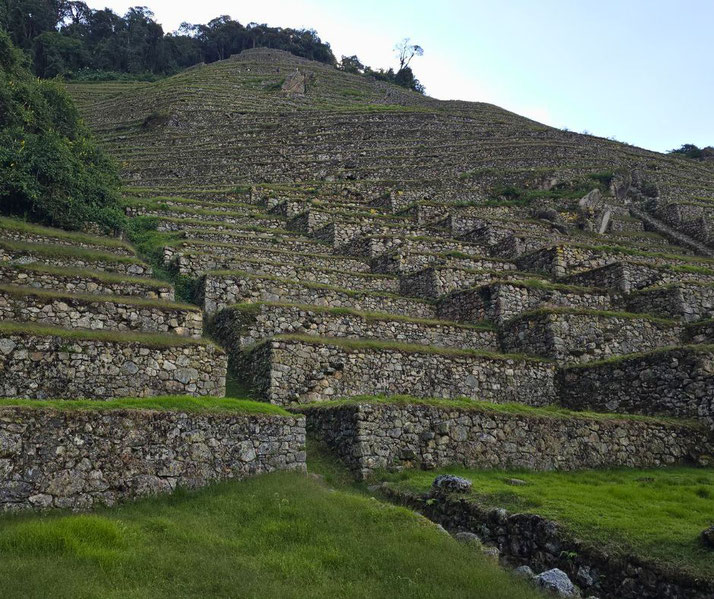
The Inca Terracing technique was an essential component of the Inca's agricultural system, allowing them to grow a variety of crops, including maize, quinoa, and beans.
The terraces were also used to grow crops that were unique to the Andean region, such as potatoes and coca leaves.
Today, many Inca Terracing systems are still visible in Peru, and they continue to be used by local farmers to cultivate crops.
7. Moray
One of the most impressive implementations of irrigation in the Inca Empire is the Moray, which consists of a series of circular terraces that were created by the Incas for agricultural experimentation and research.
The terraces are arranged in concentric circles and are up to 98 feet deep, making them one of the most remarkable examples of Inca engineering and agriculture.
The Moray was constructed using the same ashlar masonry technique that was used in other Inca constructions, with stones cut and shaped to fit together perfectly.
The terraces were designed to create microclimates that allowed the Incas to experiment with different crops and growing conditions.
The temperature difference between the top and bottom of the terraces can be as much as 27 degrees Fahrenheit, allowing the Incas to grow crops that were well-suited to different climatic conditions.
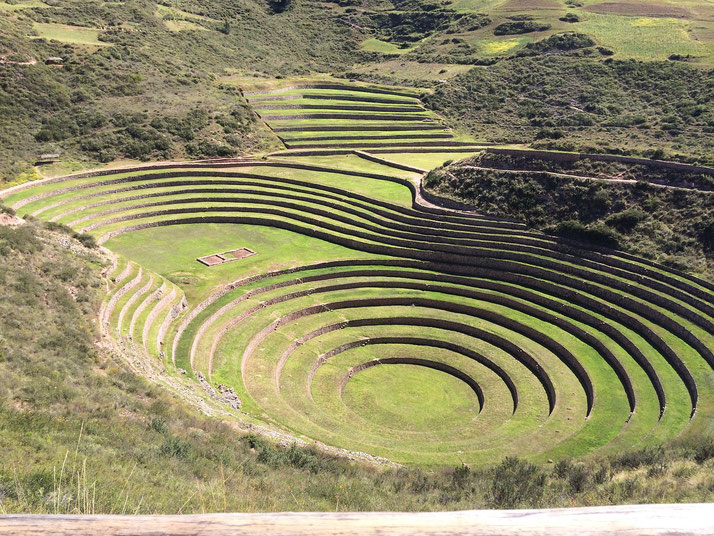
The Moray is thought to have been used to research and develop new crops, as well as to test the viability of different growing techniques.
The Incas were known for their advanced knowledge of agriculture and the Moray is a testament to their ability to innovate and experiment.
The Moray is also notable for its impressive water management system. The site features a complex system of underground channels and aqueducts that allowed the Incas to control the flow of water to each of the terraces.
The water was carefully managed to ensure that each terrace received the appropriate amount of water, regardless of its location in the circular formation.
8. Tipón
Tipón, an Inca archaeological site located about 16 miles southeast of Cusco, is known for its impressive terracing and water management systems.
The terraces at Tipón are some of the most complex and well-preserved examples of Inca terracing.
They are arranged in a series of stepped levels, each one supporting different types of crops.
The terraces were irrigated using a sophisticated system of channels and aqueducts, which brought water from nearby rivers and streams to the crops.
The water management system at Tipón is also remarkable. The site features a network of underground channels and canals that were used to control the flow of water to the crops.
The channels were carefully designed to ensure that each terrace received the appropriate amount of water, regardless of its location in the stepped formation.
The water management system was so effective that some of the terraces are still in use today, hundreds of years after they were first constructed.
In addition to its impressive terracing and water management systems, Tipón is also notable for its architectural features.
The site features a series of fountains and pools, which were used for ceremonial and religious purposes.
The fountains and pools are fed by underground channels and are designed to showcase the Incas' sophisticated understanding of hydraulics and water engineering.
9. Tambomachay
Tambomachay is one of the most unique engineering feats in the Inca Empire. Also near Cuzco, Tambomachay is a series of well-preserved stone structures and water features, including a series of aqueducts, canals, and fountains.
The site is thought to have served as a ceremonial center or retreat for the Inca rulers.
Often known as the ‘baths of the Inca’, it is thought to have been constructed during the reign of the Inca emperor Pachacuti, who ruled from 1438 to 1471.
The structures at Tambomachay are made of beautifully carved stones that are precisely fitted together without the use of mortar.
The stone structures include a series of fountains and pools, which were fed by an intricate water management system that carried water from nearby springs and streams.
The fountains and pools were used for ceremonial purposes and were likely associated with the worship of water and the natural world.
The water management system at Tambomachay is particularly impressive. The site features a series of aqueducts and canals that were used to transport water from nearby sources to the fountains and pools.
The channels were carefully engineered to ensure a steady flow of water, and the fountains were designed to create a series of cascades that added to the site's aesthetic appeal.
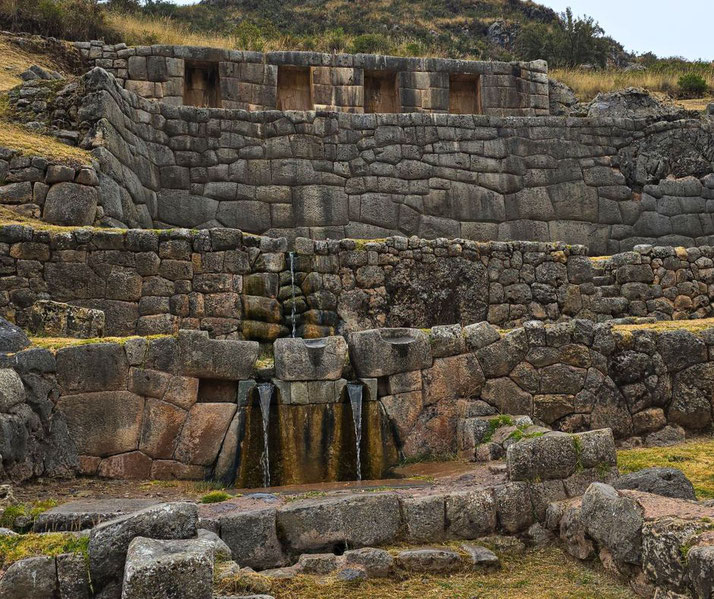
What do you need help with?
Download ready-to-use digital learning resources
Copyright © History Skills 2014-2025.
Contact via email
With the exception of links to external sites, some historical sources and extracts from specific publications, all content on this website is copyrighted by History Skills. This content may not be copied, republished or redistributed without written permission from the website creator. Please use the Contact page to obtain relevant permission.





